di Chiara Catgiu
The pine needles are nowadays of interest for the materials industry.
Pine is one of the most common type of tree, so there is no shortage of pine needles. Tapping into this organic, biologically degradable resource is, moreover, a simple matter, involving cooperation with branches of industry that use the wood from the pines, but not their needles. And the use of pine needles is said to have another significant benefit, when we think how effective the essential oils in pine needles are at keeping insects away.
Environmentally-friendly sound-absorbing materials, which are made of conifer-derived sustainable materials, fulfill all these requirements. The project idea of the Russian Aotta Studio focuses on sustainable material usage without environment harming. The new sound-absorbing fiber material is in fact based on conifer-needle and on a biodegradable binder. It has natural color and texture that creates forest atmosphere in interior. Panels from the new material create a comfortable working atmosphere in the interior and are a bright and flexible tool for interior designers.1
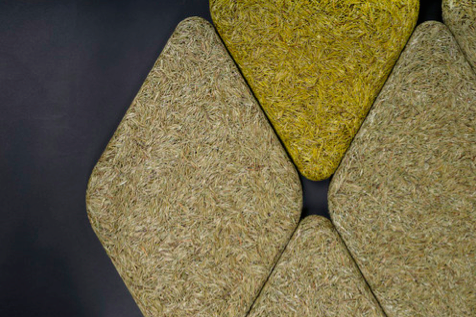

Also freestanding panels are created by the Aotta Studio by using this new acoustic material from conifer needles. 2
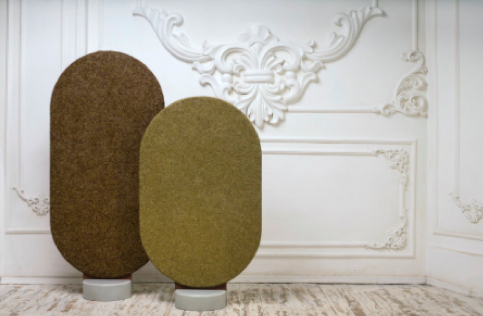
The fibers of the pine needles, without the dry exterior leaves, can be turned into useful forms also for the textile industry where they harbor huge potential.
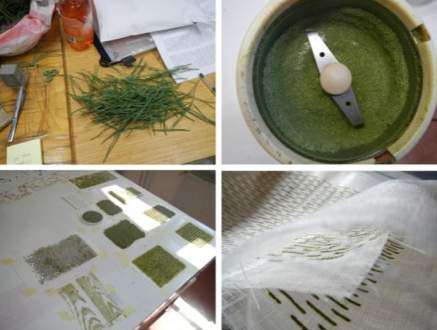
The industrial process by which these can be accessed and harvested, and then very fine yarns made from them, is somewhat of a challenge, however, but it can be done. The yarns can be colored with natural dyes. Moreover, different types of pine and fir produce different natural shades of dye, which can be used to print on textiles. Katharina Jebsen goes into the details of how to open up the needles. In the process, new types of material emerge, which can be used as the basis for further material mixes. The results of this materials study can, in turn, be transferred to various types of needles. For example, it has been shown that the needles of the fir tree, too, can be used in the making of textiles. 3
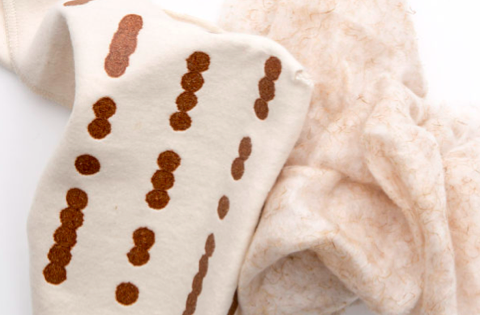
Some examples of these new textiles obtained from the fibers of the conifer needles are shown below.
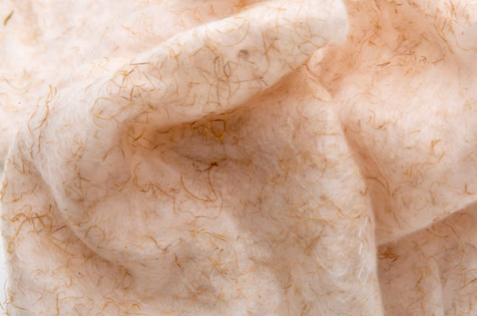
From pine needles it is also possible to obtain a new eco-sustainable plastic, able to replace the traditional one, made with oil, in the production of bags, food and medical packages. The grams of this new material were obtained in the laboratories of the University of Bath, Great Britain, thanks to a procedure described in the journal Polymer Chemistry.
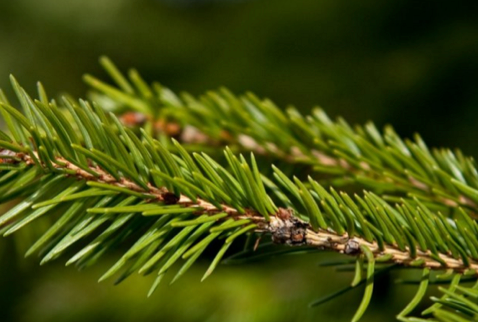
“We’re not talking about recycling old Christmas trees into plastics, but rather using a waste product from industry that would otherwise be thrown away and turning it into something useful,” PhD student Helena Quilter, who worked on the new plastic, said in a press release. The team has only produced a few grams of the pine plastic so they plan to work on scaling it up. Once they begin generating larger quantities of the plastic, the chemists envision it could be used for food packaging, plastic bags and medical implants, they told the university. Davidson indicated he thinks that their raw material made from pine could potentially revolutionize the chemical industry. There are already biodegradable polyesters on the market, such as the PLA obtained from corn and sugar cane: to increase its flexibility, however, this material is often mixed with a chewy polymer called capro-lactone, instead of crude oil. To produce a truly 100% sustainable ecological plastic, Bath researchers have developed a ‘social’ capro-lactone material by utilizing pinene as a raw material, a natural organic compound that gives the distinctive odor to conifer needles.4
These materials from conifer needles demonstrate how the production of natural and sustainable materials are possible without damaging the entire ecosystem and by maintaining material properties at the core of the production system.
1 http://it.archello.com/en/product/eo-acoustic
2 https://aotta.com/#/eo-acoustic/
3 https://materia.nl/material/pine-needle-textile/
4http://www.ansa.it/canale_ambiente/notizie/inquinamento/2017/01/20/da-aghi-di-pino-nasce-nuova-plastica-amica-dellambiente_4d99d9da-b



